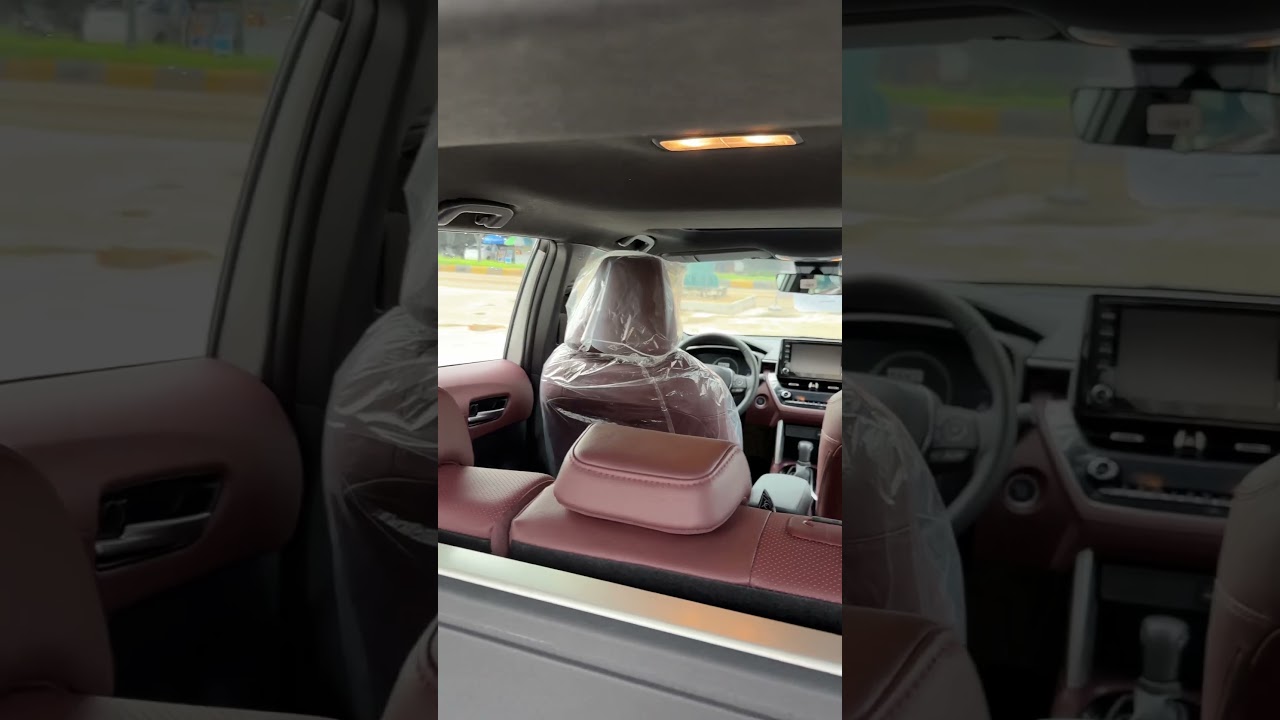Here are 6 Reasons Why the Toyota Prius 2024 is the Car of the Year!!!
It’s always been cool to avoid spending stacks of money on gas, but it hasn’t always looked it. The redesigned Toyota Prius makes a meaningful effort to change that. The new Prius comes with front-wheel drive and 194 horsepower. All-wheel drive is available, which comes with a tiny horsepower bump to 196. The 220-hp Prius Prime is the plug-in-hybrid version, which we review separately. For the first time, the Prius is both stylish and reasonably fun to drive, all while achieving better fuel economy than before, with an EPA-estimated 56-mpg highway rating. It has a jump on its compact competitors, which are slowly falling in line behind the Prius by adding hybrid powertrains, a group that includes the Hyundai Elantra hybrid and Toyota’s own Corolla hybrid—with a hybridized Honda Civic coming eventually. We can’t believe we’re saying it, but the Prius is a fun—and cool—choice, which helped secure it a 10Best Cars award for 2024.
Toyota makes no significant equipment changes to the 2024 Toyota Prius following its complete redesign for the 2023 model year.
The price of the 2024 Toyota Prius starts at $28.745 and goes up to $35.760 depending on the trim and options.
Known for its incredible fuel economy, the Toyota Prius delivers on its green promise. Its lineup of safety equipment and extra features is as strong as its disinclination to stop for gas. Base models come with 17-inch wheels, blind-spot monitoring with rear cross-traffic alert, and a not-so-outrageous starting price.
One powertrain commands the Toyota Prius lineup. This is a 194-hp hybrid setup that uses a 2.0-liter hybrid inline-four gasoline engine borrowed from the Corolla Cross hybrid crossover and bolted to a continuously variable automatic transmission. Front-wheel drive is standard. For all-wheel-drive Priuses, Toyota adds a high-output permanent magnet electric motor to the rear axle, bumping total powertrain output to 196 horsepower. The launch to 60 mph, which took last year’s Prius an exhausting 10.5 seconds to reach, now takes just 7.1 seconds according to our testing of a front-drive Limited model. That’s quicker than both the Camry Hybrid and Elantra Hybrid. Thanks to larger front and rear brakes, the new Prius stops sooner from 70 mph than its last iteration too, doing so in just 171 feet versus 194 feet from a previous test.
The EPA estimates the Prius is good for 57 mpg in the city and 56 mpg on the highway for the front-wheel-drive model. That’s a 4- and 6-mpg improvement over the last-gen. But the all-wheel-drive LE variant makes the largest fuel-economy jump from the previous model, going from 49 to 54 mpg combined. On our 75-mph highway fuel-economy test, the Prius delivered 49 mpg. For more information about the Prius’s fuel economy, visit the EPA’s website.
While the fifth-generation Prius took on a new—dare we say, sexy—shape, the interior played it conservatively, featuring a more traditional automotive cockpit. For the first time, the Prius now has a gauge cluster directly behind the steering wheel, but its location forces you to adjust the wheel far down in order to get a clear view to the gauges. The, sleek exterior design creates a roofline that’s lower by 2.0 inches than before, clipping some headroom from the rear seat. Base models get a faux-leather steering wheel, but upgrading to the XLE or higher trim will unlock heated front seats, more cup holders for rear passengers, and rear heated seats.







